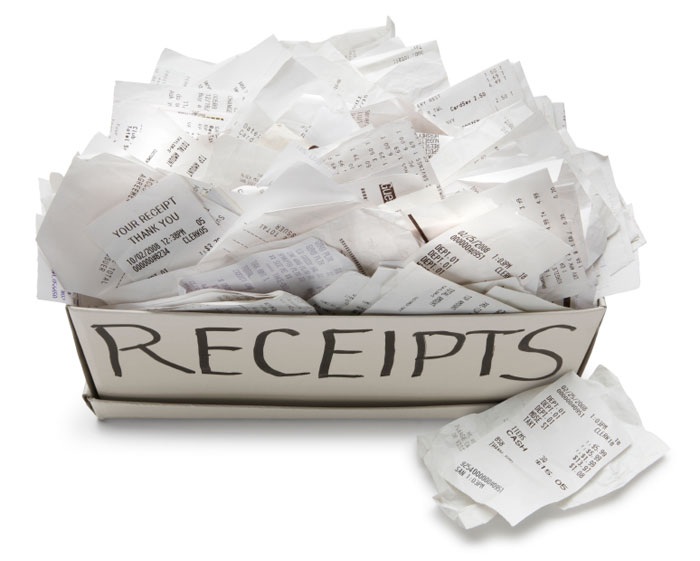Budgeting -- ooh, what a scary word! If you want to frighten someone whose finances are out of control, suggest that they tally up their expenses on a piece of paper. We all understand the value of such an exercise, but when it comes to the practicality of putting a budget together, we get cold feet. Budgeting doesn't have to be so painful, when you have a systematic series of steps to follow.
Visit if Tip 1 and Tip 2 if you have not yet read it.
TRACK YOUR EXPENSES
 How can you know what steps you need to
take to reach your goal until you know exactly where you are right now?
Most of us don't have a clue where our money goes -- credit cards and
ATM's make it easy for money to just slip through our fingers. The first
step is to create a list of STATIC EXPENSES -- things that cost the
same amount every month, like rent and your car lease and student loan
payments. Now these expenses are not completely "static" in the
strictest sense of the word. You can reduce your rent or mortgage
payment by finding a less expensive house -- and you could increase your
loan payments to get rid of the debt faster. But for now, just itemize
your regular monthly costs.
How can you know what steps you need to
take to reach your goal until you know exactly where you are right now?
Most of us don't have a clue where our money goes -- credit cards and
ATM's make it easy for money to just slip through our fingers. The first
step is to create a list of STATIC EXPENSES -- things that cost the
same amount every month, like rent and your car lease and student loan
payments. Now these expenses are not completely "static" in the
strictest sense of the word. You can reduce your rent or mortgage
payment by finding a less expensive house -- and you could increase your
loan payments to get rid of the debt faster. But for now, just itemize
your regular monthly costs.Next, you want to evaluate your VARIABLE EXPENSES -- those costs that fluctuate from month to month. Groceries, entertainment, utilities, and clothing all fall into this category. The great thing about variable expenses is that you control (at least to a certain extent) how much of your budget these items eat up. But some of these costs come in large and unexpected chunks -- like car repairs and medical bills. So you might need to go through your last 12 months' credit card and bank statements to get a clear idea of how much daily life costs you. And don't forget about those expenses that are paid only intermittently -- like insurance. Tally each expense and divide the total by 12, to give you a clearer idea of how your costs spread out over a year's time.
www.HomesInTransition.com
No comments:
Post a Comment